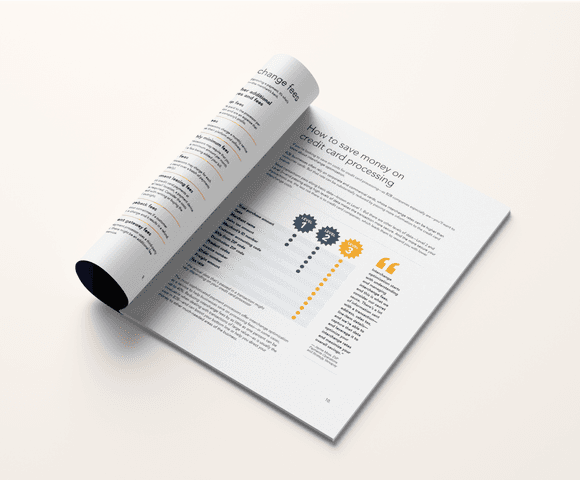
Did you know: About 5% of a company’s customers have outstanding invoices that are 60 days or older. And 60% of that amount goes uncollected.
Payment processing systems help businesses smoothly transact with each other. They eliminate errors, accelerate cash flow, speed up collections, and create efficiencies.
Speed up and automate payments, reduce manual processes, and accelerate cash flow.
This guide explores:
→ The impact of rising credit card use
→ Who’s involved in the card processing ecosystem
→ Different processing fees and pricing models
→ And more

Make every transaction a smooth one. Learn the ins and outs of payment processing and how to create better payment experiences for you and your customers.

Learn how credit card processing technology can speed up and automate payments, reduce manual processes, accelerate cash flow, and more!

Learn what value there is in automating your accounts receivable and how to choose accounts receivable automation software